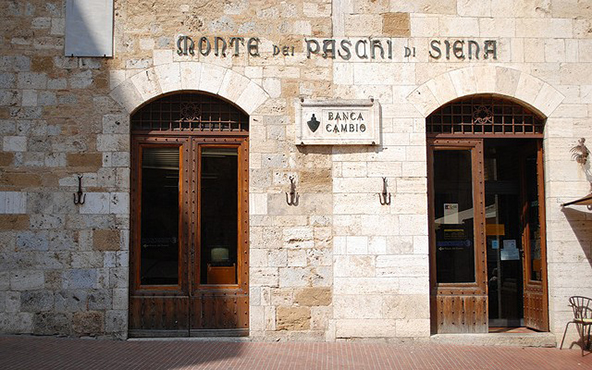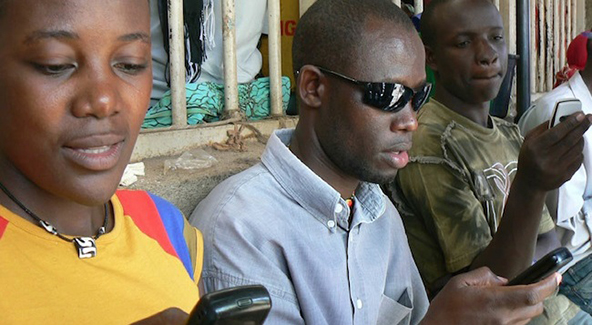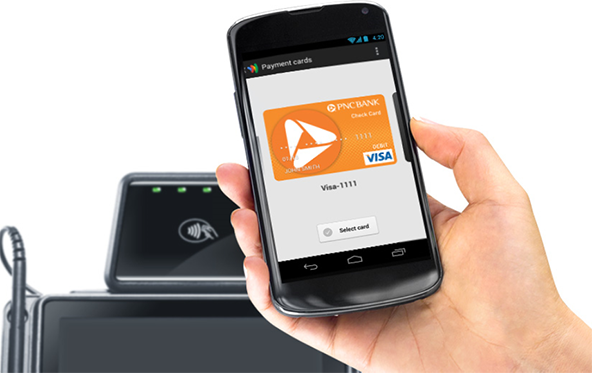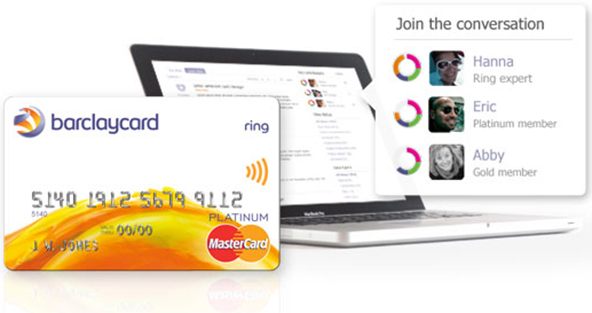How Does the 1472 Bank Model Mesh with Mobile Payments?

The rate of technological adoption keeps accelerating, Brett King — the founder of a banking start-up — reminds us in a piece for the BBC. A new kind of bank customer has emerged as a result and traditional banks simply aren’t prepared to serve her needs in a way that fits well into her mobile phone-powered, app-driven world. Sensing an opportunity, a host of start-ups — presumably including Mr. King’s — as well as a raft of established non-financial companies, have launched themselves into what used to be bank-only territory and are giving people what they really want.
So, the author ponders, where does that leave the old-fashioned big marble buildings, with rows of tellers, desks and safes? After all, he argues, they have been slow to adjust to the fast-changing reality and the kind of banking experience they provide “is a total anathema to the customers of tomorrow.” Well, King doesn’t quite answer his question, instead contenting himself with trite declarations like “[t]he banks that succeed in the future will be those that are willing to listen and respond to their customers”. In a moment, I will attempt to offer a somewhat less platitudinous take on the matter. Firstly, though, let’s allow Mr. King to make his case.
Moore’s Law vs. Banca Monte dei Paschi di Siena
Brett King begins by reintroducing us to the famous Moore’s law, according to which computers’ processing power roughly doubles every 18 months. He goes on to illustrate the accelerating rate of adoption of new technologies with several examples. Whereas the telephone took 50 years to become commonplace and mobile phones and PCs took 12 – 14 years, we are reminded, wholesale adoption of Facebook and the iPod took months. And on he goes.
But what about banking services? Well, many newcomers are “now muscling in on territory traditionally held by the banks”, the author observes. For example, “[m]mobile carriers are providing pre-paid mobile wallets systems — as are stores like Starbucks”. Moreover, more than 30 percent of Americans are using prepaid cards, which “don’t need the issuer to have a banking licence.”
OK, what about the banks themselves? Well, here the author brings in Banca Monte dei Paschi di Siena — the “world’s oldest surviving bank”. Now, that bank is everything you would expect from a five-hundred-plus-year-old financial institution (and one situated in an enchanting Tuscan city): awe-inspiring architecture, cashiers sitting behind small widows, a big safe, desks, etc. Yet, for all its endurance, that model is hopelessly outdated and its years are numbered, King argues. Rather than banking in physical branches, customers will be doing it in the virtual world and that process has already started. That’s it! That is the whole argument for why traditional banks are doomed to go out of business in a few short years.
Banks Are More than Big Marble Buildings
King’s argument inevitably brings to mind my favorite industry meme of the past couple of decades or so: that credit cards are going the way of the dodo any day now to be replaced by mobile phones, digital wallets, a myriad of apps, etc. As I’ve argued before, far from going extinct, credit cards are actually the cornerstone of most of the technologies that are supposed to replace them. Rather than supplanting them, what the aforementioned new technologies do is providing an additional avenue for credit card use (cue Square). So the old-fashioned plastic rectangle actually benefits from these technological advances. Oh, and so does its issuer.
The very same reasoning can be applied to all other forms of retail banking: savings and checking accounts, mortgages, personal loans, etc. The point is that the virtual / physical divide that so preoccupies Brett King and others has impact on the surface, but has little relevance to the underlying bank functions. Whether, say, a money transfer is initiated at a bank’s branch or online, the system that facilitates the movement of money from the sender to the recipient is the same. It is true that pressure from start-ups and other entrants into the payments industry is forcing banks to lower the cost of a range of services. However, all these wonderful new technologies are also giving banks opportunities to expand into previously unexplored directions. And they are better positioned than the newcomers to take advantage of the new possibilities.
The Takeaway
Banks will keep on doing what they have been doing for many centuries: adjusting and surviving. The new technologies will help to propel the more agile among them ahead of the pack. Some will never be able to adjust or will select the wrong new-age model and will be acquired by others. Again, adjustment to new technologies is not exactly a process banks have never gone through before. On the contrary, they have become experts in incorporating the ones that are most beneficial to themselves and their customers, while managing to wait out the short-lived fads. This is an old game for them.
Image credit: Netpress.com.mk.



Banks live in a Darwinian world, too – they must evolve or face extinction. But they evolve slowly, as well they should. You wouldn’t want them to jump on any new technology, however unproved it may be.